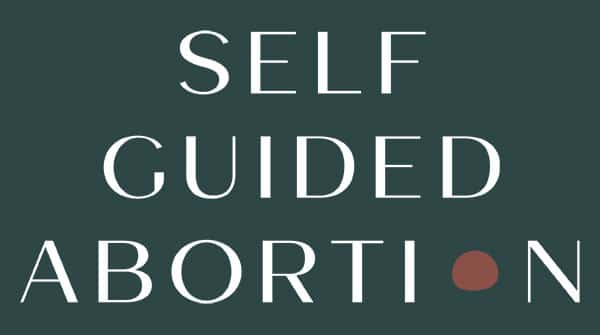“Marx and the Matriarchy” — Reading for Self-Guided Abortion
If Chapter One of The Great Cosmic Mother remembered our origin — that life began female — then Chapter Two reveals what happened when that truth was stolen.
The title, “Marx and the Matriarchy,” is both ironic and prophetic.
It names the fracture point where the labor of the womb was replaced by the labor of the machine.
The Original Economy Was the Body
Before industry, before currency, there was exchange through the body.
Birth, milk, sex, and sustenance were not “resources” — they were relations.
Every act of creation was also an act of care, and the community revolved around reciprocity, not profit.
Sjöö and Mor remind us that women were the first producers — not in factories, but in fields, in healing huts, in their own blood.
> “The female was the original worker, the life-producer. It was her body that first shaped the meaning of labor.”
— The Great Cosmic Mother, Ch. 2
But when patriarchal systems rose, this creative labor was extracted, repackaged, and devalued.
Production was moved from the womb to the workshop.
Reproduction was stripped of its spiritual dimension and turned into duty.
From Matriarchy to Machine
This chapter traces the evolution from matriarchal cooperation to patriarchal control.
When men seized the means of reproduction — not just through physical domination, but through ideology — they severed creation from consciousness.
The Machine was born:
an engine that consumes the living to generate lifeless profit.
Marx diagnosed the alienation of the worker from their labor.
Sjöö and Mor go further — they name the first alienation: the separation of the female from her creative power.
> “The womb was the first factory; the first worker was woman; the first exploitation was reproductive.”
— The Great Cosmic Mother, Ch. 2
The parallels are haunting.
Where early matriarchal economies thrived on the rhythm of seasons and bodies, the Machine thrives on extraction, endless growth, and denial of death — the very forces that define capitalism today.
Abortion in the Age of the Machine
Abortion becomes revolutionary not just because it defies moral control, but because it interrupts production.
It says: My body is not your workforce.
It refuses to turn the womb into a site of forced productivity.
In matriarchal consciousness, abortion was a sacred management of cycles — the freedom to harmonize creation with circumstance.
In capitalist consciousness, abortion becomes a threat — because it reclaims time, energy, and labor from the system.
To self-guide an abortion today is to resist both religious and economic machinery.
It is important to remember that the power to create life also includes the power to choose when not to.
That the sacred and the political are the same muscle, flexing.
The Politics of Reproduction
Marx never wrote about the uterus.
But the Great Cosmic Mother fills that omission.
They remind us that every economy is built on invisible reproductive labor: the raising of children, the emotional caretaking, the unpaid work of keeping life alive.
When abortion rights are attacked, it’s not just morality at stake — it’s control over the supply chain of human labor.
Patriarchal economies rely on women’s bodies being predictable, available, and silent.
Abortion breaks that pattern.
It reintroduces unpredictability — the same creative chaos the Machine tried to annihilate.
The Matriarchal Return
Sjöö and Mor don’t want a nostalgic return to some lost paradise.
They call instead for a remembered future — a re-rooting of our politics in the body, the Earth, and the sacred.
To read Chapter Two as an abortion worker, doula, or seeker is to see how our struggle fits into a vast historical arc.
We are not just fighting for healthcare — we’re reclaiming the original economy of care, the one the Machine tried to erase.
Every person who self-manages, every doula who holds space, every network that shares pills or stories — these are matriarchal acts of resistance.
They restore value where capitalism saw none.
They re-align labor with love.
> “To heal the world, the female must again become conscious of herself as the life-maker and the life-breaker.”
— The Great Cosmic Mother, Ch. 2
Reclaiming the Means of Creation
In Marxist terms, the revolution happens when workers seize the means of production.
In matriarchal terms, liberation happens when women reclaim the means of creation — their fertility, their cycles, their capacity for both life and release.
That’s what self-guided abortion represents: not a retreat into privacy, but a reoccupation of sacred territory.
It’s a declaration that the womb belongs to no system.
The Machine may control factories, data, and law — but it cannot control what happens in the quiet sovereignty of a body that knows itself.
Toward a Living Future
Chapter Two leaves us with a challenge:
To build systems of care, community, and technology that serve life rather than drain it.
To design reproductive autonomy that honors both biology and spirit.
This is what Self-Guided Abortion stands for — not just access to pills, but access to meaning.
Not just freedom from control, but freedom into self-knowing.
When we reclaim the matriarchal consciousness beneath our choices, we’re not just resisting the Machine — we’re creating its alternative: a living economy of empathy, trust, and cyclical wisdom.


